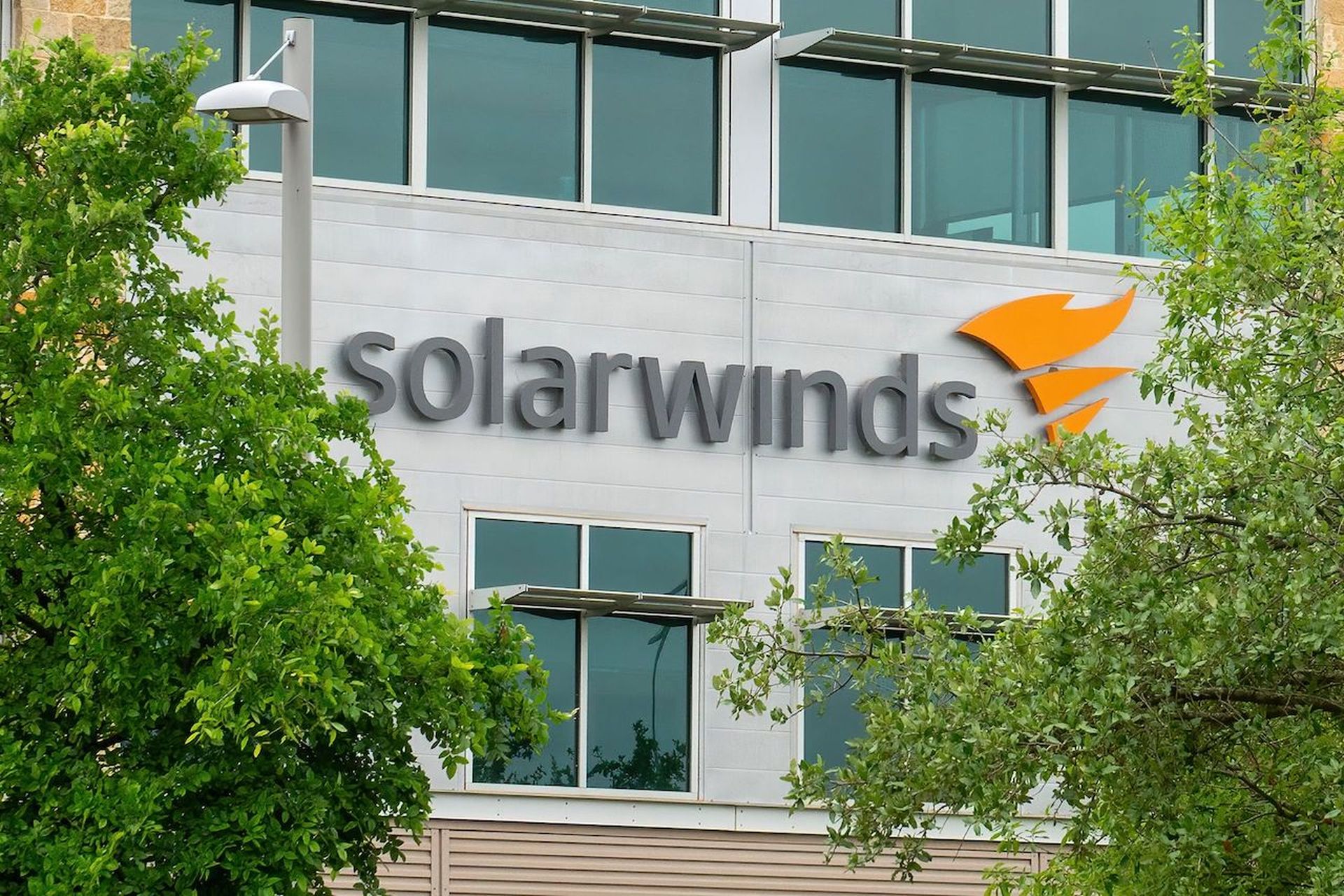
A lot of times when we talk about the buyer’s journey we think of it as a marketing responsibility. Marketing does X, sales picks up the prospect at “this point” then it’s a totally different conversation. That, unfortunately, is only part of the equation. When taking a holistic view of the buyer’s journey it actually incorporates many different elements along the sales and marketing spectrum.
When we talk about the different stages within the buyer’s journey, we focus on Awareness, Education/Nurture, Purchase, and Loyalty. Let’s take a look at how these funnel phases impact the customer alongside marketing, sales, and other business units:
Awareness:

At the core, driving demand (awareness) is the act of garnering attention for your brand, products, solutions, as well as your industry as a whole. Think of awareness tactics as “reputation builders” within your target audience.
Buyer perspective - awareness: Prospects are aware they have a challenge that needs to be solved but they’re not necessarily aware of all available solutions and sometimes not even aware of where to begin. Typically they turn to peers on and offline, and search engines to start.
Marketing perspective - awareness: Your marketing team spends the majority of their time on awareness push tactics; social media posts, engagement, and emails. They also focus on pull tactics; organic and paid search, events, press releases, website, podcasts, blogging and guest blogging, press coverage, and workshops and trainings to name a few. The goal is to cast a wide net and capture a buyer’s attention whether they’re looking now or in the future.
Sales perspective - awareness: Generally speaking, salespeople aren’t as excited about driving awareness because it’s “top-of-funnel.” They focus more on closing deals. That said, sales still plays an important role in driving awareness as walking, talking evangelists for your solutions - on social, at events, phone calls, meeting people, and broadcasting messaging at a micro level more so than the macro level where marketing is focused. In this same vein, the entire company drives awareness when they’re active on social and talking about the company they work for.
Educate and Nurture:
Buyer perspective - educate and nurture: Once a buyer becomes aware of a need and the hunt for more information online begins, they’ve moved from awareness to consideration. This phase is also referred to as “middle-of-funnel.” For buyers, mid-funnel is spent comparing, evaluating, pondering, and soliciting opinions from stakeholders all in the name of narrowing the supplier options.
Marketing perspective - educate and nurture: Mid-funnel requires the most marketing strategy because content has to educate and build trust in order to move buyers down the funnel. This content tends to be highly educational with a goal of turning lookers into leads via calls-to-action that entice prospects to consume “gated content,” where the conversion from unknown prospect to marketing qualified lead (MQL) happens. These blogs, infographics, case studies, videos, and more are then pushed via social to double as both awareness and consideration activities simultaneously.
Sales perspective – educate and nurture: Conversion of Marketing Qualified Lead (MQL) to Sales Qualified Lead (SQL) typically happens at this mid-funnel phase as well. Savvy salespeople actively look for conversion signals, which include contact forms, consuming large volumes of content, requesting information, and any other activity where prospects proactively engage. Salespeople then use conversion content (created by marketing) to engage prospects via personalized emails. In addition, salespeople are highly involved in online and live events, promos, education sessions, and other hands-on activities that drive prospects through the consideration phase.
Purchase:

Late-funnel is where the excitement mounts and deals are won but it’s not over for marketing at this point. In the same way sales has skin in the game from awareness to loyalty, so does marketing.
Buyer perspective – purchase: It might have taken weeks or months to reach the purchase phase but when buyers do, they’re fully informed not only about the solution but also have a short list of organizations they want to work with. These informed buyers have chosen your organization and the deal is yours to win or lose.
Sales and marketing perspective – purchase: In the final funnel stages, sales and marketing are often better aligned than they are at any other stage. Here, email remains one of the most powerful tools in the sales-marketing (Smarketing) arsenal. Savvy smarketers have mastered how to use email, write copy for it, and automate it to drive results. They also know that late-stage funnel is the best time for a more personal touch and create offers; demos, trials and discounts, technical specs, product and company specific articles, case studies, and testimonials that sales uses to incent buyers to cross the line.
Loyalty:

If you think it’s easier to retain and grow a current customer than it is to get a new one, raise your hand. Yes, it’s true and there is a ton of research to back it up but we don’t actually need research. Most companies can turn to their own customer rosters for proof.
Buyer perspective – loyalty: Buyers are through the grueling journey of making the best possible decision for their situation. Now it’s on to learning and implementing the solution. They want to feel good about having chosen you and feel supported in their onboarding process.
Marketing perspective – loyalty: Marketing is in the trenches here again with building loyalty through moderating forums and creating FAQs, tutorials, webinars, videos, podcasts, and other engaging, educational information while also distributing surveys and mechanisms that garner information used for process improvements.
Sales perspective – loyalty: Salespeople typically have the first human relationship with the buyer. In the beginning questions typically go back to sales with an eventual transition to customer support. If the solution has upsell opportunity, sales will be involved from the beginning to the end of the customer lifecycle and will become more powerful at building awareness and driving purchases with existing customers.
Customer support perspective – loyalty: In the long tail of the customer lifecycle, customer service takes the lion’s share of ensuring satisfaction and establishing the relationships that ultimately converts new accounts to loyal evangelists. These teams can use the loyalty content from marketing coupled with customer-first mindsets to not only retain current customers but to circle back and effectively generate awareness for new customers.
Departmental buy-in and alignment is key to growth. From this 50,000-foot view of your buyer’s journey, it’s easy to see that no one department within an organization is singularly responsible for any phase of the funnel.
Heather K. Margolis is CEO of Channel Maven Consulting. Read more Channel Maven Consulting blogs here.




